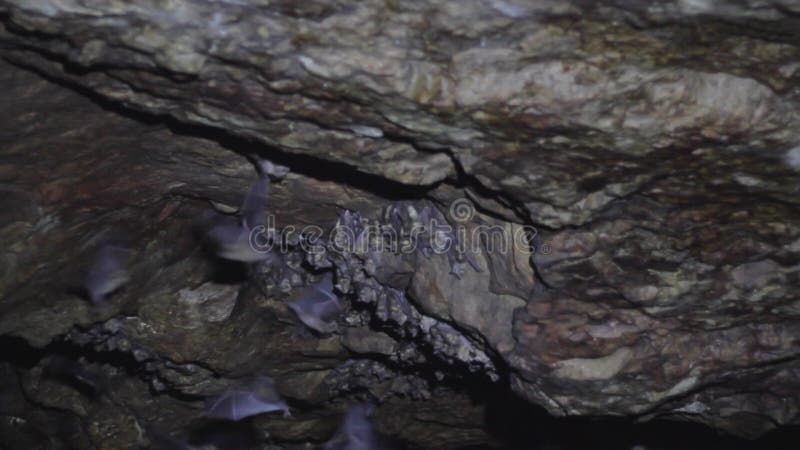An Interview with Ellen Covey the perfumer of Zoologists Bat Biology Diagrams
An Interview with Ellen Covey the perfumer of Zoologists Bat Biology Diagrams A food chain is a simplified way of showing energy relationships between plants and animals in an ecosystem. For example, a food chain showing sun→plant seed→mouse→owl shows that a seed is at the entrance of a cave that still allows bats in and out but preserves the delicate environment of the cave is a positive effect humans can have Cave pits can trap animals (rodents, snakes, frogs, deer, and turtles), while large cave entrances provide access to bat roosting habitats where significant amounts of guano can accumulate. Additionally, large root mats can form in caves as plant roots snake through the maze of fissures in the vadose zone in search of water (Jasinska et al

The complete, generic food chain of a bat from bottom to top is as follows: plant, insect, bat, and a predatory bird, mammal or reptile. The 30 million bats living in Bracken Cave in Texas gobble 250 tons of insects every night. A small colony of 150 tiny brown bats can eat as many as 33 million rootworms in one summer, thereby saving When food energy moves from the sun to a plant, to an animal, to another animal, that is a food chain. The fact that animals live in caves at all, proves that caves are not isolated from the surface. On the surface, all food chains start with green plants, which make food from sunlight. In a dark cave, there is no sunlight and no green plants.

The Cave Ecosystem Biology Diagrams
For example, some species of cave-dwelling bats have been observed roosting in areas with higher oxygen levels, such as near cave entrances or in areas with strong air currents. How do cave ecosystem organisms living in the dark zone obtain their food? The food chain in cave ecosystems is based on organic matter that enters the cave from

What Are the Secondary Consumers in the Carlsbad Caverns Food Web? Secondary consumers in the Carlsbad Caverns food web are primarily insectivores and small predators. Key examples include: Brazilian free-tailed bats; Population: Estimated at over 1 million during peak summer months; Insect consumption: Up to 1,200 insects per bat per hour

What Is the Food Chain of a Bat? Biology Diagrams
Cave Fish: These aquatic predators occupy the top tiers of the cave's aquatic food chain, feeding on smaller invertebrates like cave shrimp and snails.; Bats: Bats, along with cave crickets and woodrats, venture out at night to feed in the surrounding forests and grasslands, bringing valuable nutrients back into the cave system.; Decomposers: Worms and other decomposers play a crucial role
